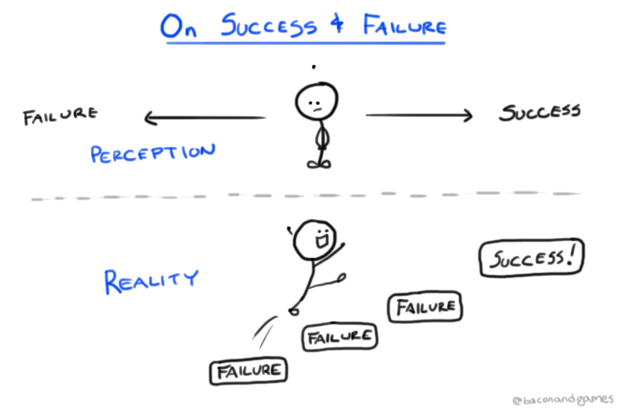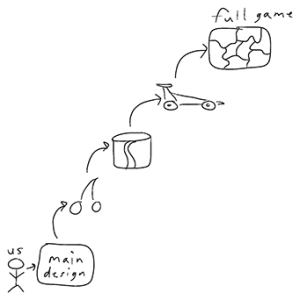Want to more “classic” view of my work history? Try these. I have quite the long history, so I’ve organized it based on what your interest might be. Also, each one has multiple file formats, so you can pull the one most likely to work for you.
Application Developer
- Apple Pages, typically on Mac desktop or iPhone and iPad devices
- Microsoft Word, typically on Windows computers
Games Developer
- Apple Pages, typically on Mac desktop or iPhone and iPad devices
- Microsoft Word, typically on Windows computers
Whole Enchilada (in case you want to see it’s full glory all in one shot)


